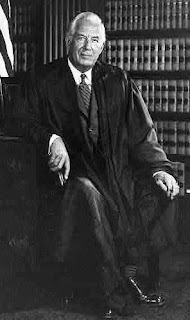H/t: Legal Theory BlogA graveyard dissent occurs when a justice silently acquiesces to the majority disposition and opinion rather than writing separately despite continuing disagreement. Although graveyard dissents were common during the early period of the Court’s history, their continued use in the modern era is puzzling in light of the rise and ubiquity of separate opinion writing. Moreover, voting contrary to one’s sincere preference conflicts with legal and policy based explanations for judicial decision-making. Unfortunately, the systematic exploration of graveyard dissents has been limited by a difficult observational problem: by definition, explanations for this posture are not available in opinions and are otherwise scant in the existing literature. In this article, I leverage memoranda exchanged between justices during the Burger Court era to explain what motivates graveyard dissents. The archival evidence suggests that graveyard dissents are often motivated by institutional time constraints, perceptions of case importance, and the dissolution of minority coalitions. The results shed new light on a puzzling and persistent institutional norm while potentially helping to explain the recent increase in consensus on the contemporary Court.
Chief Justice Burger (LC)
Monday, October 12, 2015
Goelzhauser on "Graveyard Dissents on the Burger Court"
In plenty of time for Halloween, Greg Goelzhauser, Utah State University, Political Science, has posted Graveyard Dissents on the Burger Court, which appeared in the Journal of Supreme Court History 40 (2015): 188-202.
